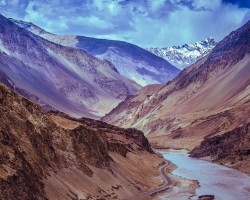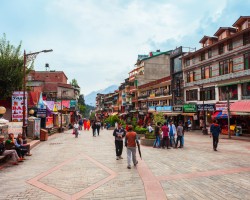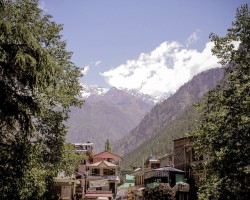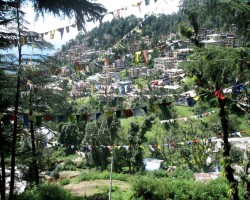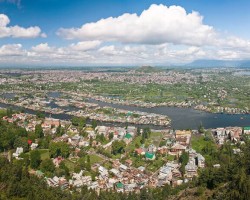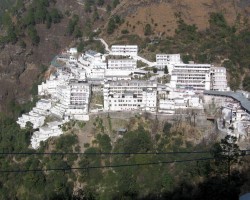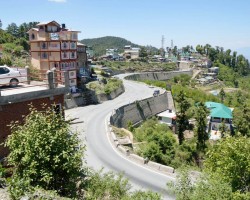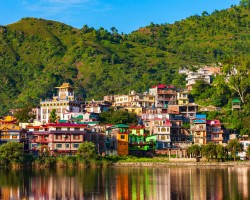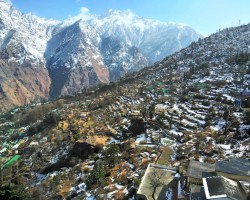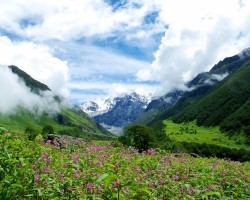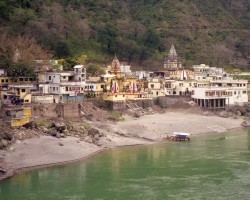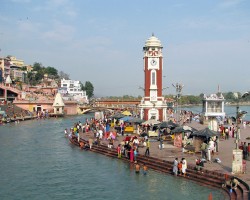Best time to go to Ladakh Average weather of Ladakh, India
When is the best time to go to Ladakh?
The best time to visit Ladakh, a region located in northern India, largely depends on what you are looking for in terms of experiences and activities. However, considering only the climate and weather conditions, the period from June to September is often recommended as the ideal time to visit this region. During these months, the weather is generally mild, with temperatures ranging from -1°C to 8°C (47°F) , and the sky is most often clear and sunny, allowing you to fully appreciate the natural beauty of Ladakh.
This is also the period when the roads are most passable, making access to the region easier and enabling exploration of Ladakh's magnificent landscapes. Nevertheless, this is also the most popular tourist season, so expect more crowds than usual.
If you are wondering when to go to Ladakh for a unique experience, you may consider visiting during the winter months, from December to February. It is during this period that the famous frozen Zanskar River trek takes place, also known as the Chadar Trek. However, it is important to note that temperatures can drop to -30°C, so it is essential to be well prepared and equipped accordingly.
Apart from the climate and weather conditions, the colorful festivals of Ladakh can also influence your decision on when to visit Ladakh. The Hemis Festival, which takes place in June or July, is one of the largest and most famous festivals in the region, offering visitors a fascinating glimpse into the local culture and traditions.
Ultimately, the best time to visit Ladakh depends on your personal preferences, interests, and tolerance to cold. With good planning and adequate preparation, you can be sure to have a memorable experience no matter when you visit.
So, when is the best time to go to Ladakh? Here's some more information to help you in your decision:
- The coldest months are January, February and December
- The rainiest months are June and August
Annual weather in Ladakh
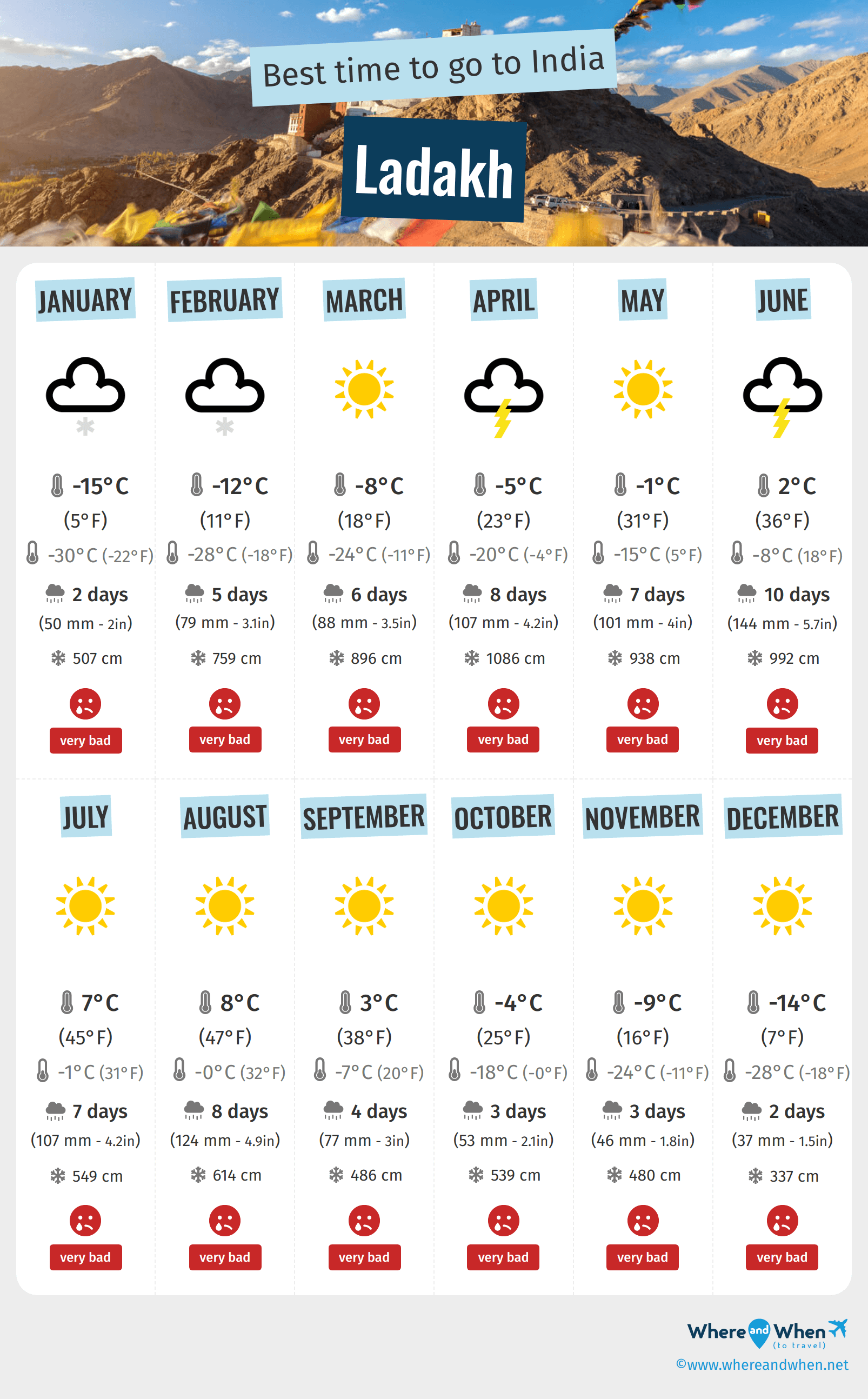
Weather details in Ladakh month by month
Weather and climate in Ladakh
Ladakh is a region characterized by a subarctic climate. This region experiences a continental climate with dry winters and cool summers, according to the Köppen-Geiger classification (Dwc). As a result, temperature variations and weather conditions can be quite extreme, making each season unique and distinct.
Winter in Ladakh (December to February)
Winter in Ladakh is characterized by extremely low temperatures, sometimes dropping to -30°C. The months of January to February are particularly cold. The sky can be mostly covered with snow during this period, with a few days of clear or sunny weather.
Spring in Ladakh (March to May)
Spring is generally very cold, with minimum temperatures remaining below -15°C. However, it is during this period that the sky begins to clear, with fewer snowy days and more sunny days.
Summer in Ladakh (June to August)
Unlike many other regions, summer in Ladakh is not hot. Temperatures remain cool, ranging from -1°C to 8°C (47°F) . This is the period when the sky is most often clear and sunny, allowing visitors to enjoy the natural beauty of the region.
Autumn in Ladakh (September to November)
Autumn sees temperatures starting to drop, with increasingly colder days as the season progresses. However, the sky remains mostly clear with a few snowy days.
In conclusion, Ladakh's climate is marked by extreme temperatures and significant seasonal variation. Winter is particularly cold with temperatures dropping well below zero. Spring sees a gradual improvement in conditions, but temperatures remain low. Summer is the mildest period, with milder temperatures and generally clear skies. Autumn, on the other hand, signals the return of cold weather. Therefore, it is crucial to plan your trip carefully based on the chosen season.

Charts: temperature and rainfall in Ladakh
In the charts below, you can see the following seasonal norms for the city of Ladakh: the minimum and maximum outdoor temperature, the risk and amount of monthly rainfall, daily average sunshine, and relative humidity for each month of the year.
Outside temperature
Precipitation (rainfall)
Daily sunshine hours
Humidity
Other cities and places near Ladakh











































































































 Ladakh
Ladakh
 other locations
other locations

